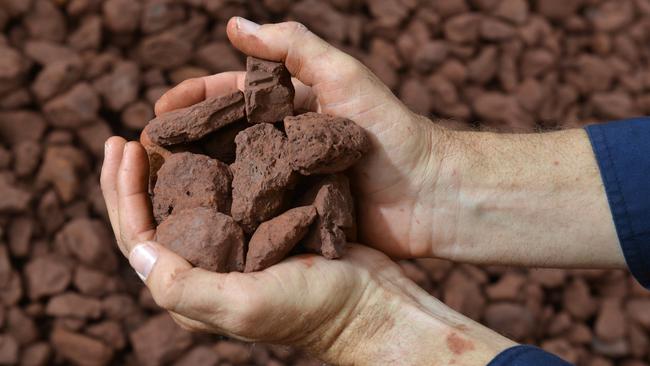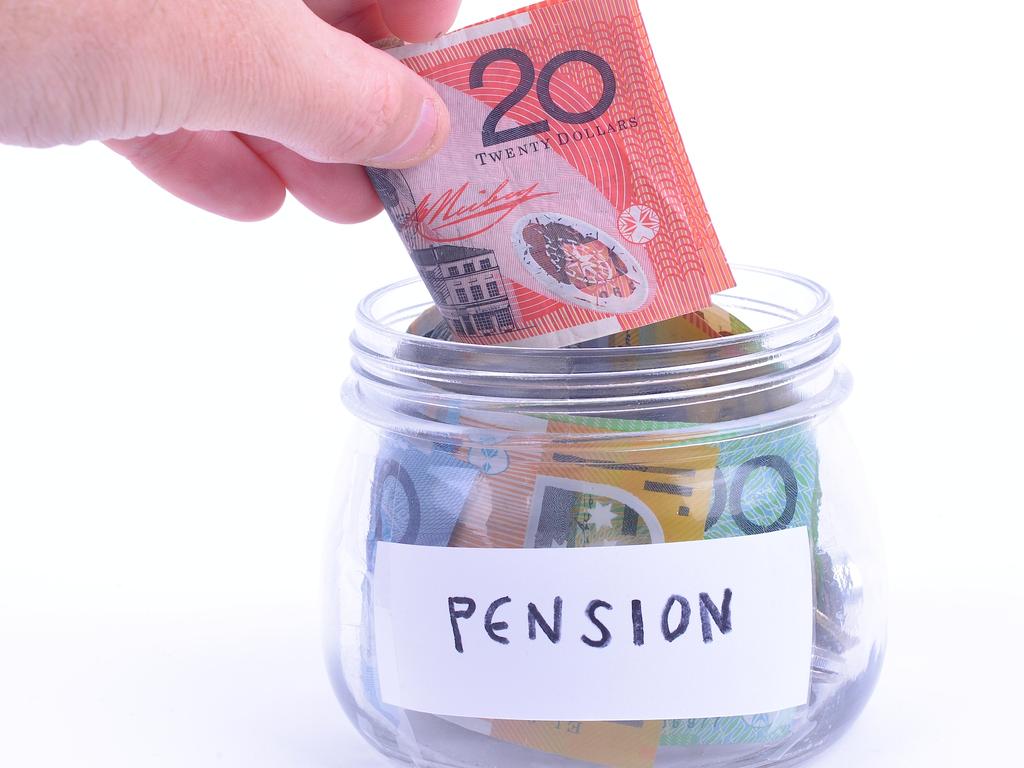
As if they’ve just had a collective light bulb moment, global brokers are now upgrading iron ore forecasts and it is shaping as a win for Australian stocks, the federal budget and even regional property markets.
Until very recently the consensus has been that iron ore is overpriced. Hovering close to $100 a tonne, analysts suggest it has been buoyed by fleeting factors such as production problems in Brazil.
In Canberra, the federal government assumes the price in the future will be $55 a tonne. Local investment funds say it’s not quite that bad, but it should be closer to $86 a tonne.
Here’s the thing. It’s been near the $100 level for months and now the most powerful investment banks in the world are suddenly saying it will stay this high or higher for longer than the market expects.
Global brokers Citi, Credit Suisse and most of all JPMorgan have quite literally changed their tune on the outlook for iron ore and it could mean a new sweet spot for BHP, Rio Tinto and Fortescue Metals Group, along with a string of mid cap producers.
What has happened? The China economy, having endured the COVID crisis first, is now recovering from it first and its steelmaking plants are demanding more iron ore, with imports up 24 per cent year on year and hitting a record high in July.
What’s more, a broader economic recovery around the world should follow next. As Citi suggests: “In the (2008-09) financial crisis, steel production in ex-China countries bottomed out in January, 2009 and had fully recovered in 12-months... If ex-China steel production were to recover with the same pace this time around, the seaborne iron ore market would remain very tight through calendar 2021.”
While China and many other leading nations plan to stimulate the economy through infrastructure projects, there are no new world-class iron ore mines due to come on stream for years.
Until they do, Rio, BHP, Fortescue et al are perfectly placed.
In fact, investment bank JPMorgan says iron ore will stay at $100 a tonne all through next year and then puts forth a very bullish picture that has the potential to push iron ore stocks higher throughout the world.
“We are starting to think prices could remain well above cost curve support levels until Simandou comes to market, which could be five-to-seven years away,” JPMorgan said this week. (Guinea-based Simandou is a joint project led by China interests and Rio).
In the coming days we will see results from BHP and the iron ore pure play Fortescue.
With record iron ore production, BHP is expected to bring in a steady result with profits of near $US9.1bn ($12.7bn) while pure play Fortescue is expected to shoot out the lights with a 50 per cent increase in profits to $US4.7bn.
Rio had already reported solid results with a lift in dividends. In fact the big miners this year are expected to pay a third of all dividends on the ASX, while the contributions from bank stocks shrinks to a fifth.
Despite Rio’s ham-fisted failings in destroying historical Indigenous sites in WA, the stock is now being re-rated.
Earlier this week, after the JPMorgan report, local broker Ord Minnet upgraded targets
published above consensus targets for BHP, Fortescue and Rio. For Rio the broker is now pencilling in $120 a share against the consensus in the market of $103. (It is currently trading at near $101).
Higher iron prices will also boost the federal budget bottom line, though the size of the deficit now means that positive contributions almost certainly on the way from iron ore upgrades will be less significant.
In the underlying economy, iron ore is only one commodity in a very mixed commodity market, but it is by far the most important. Ultimately a lift in steel production boosts a range of related resources.
The regional impact of an iron ore rebound is very much based in Perth which has had a long decline in its residential property market. With some early signs that Perth’s residential market is about to improve, this might well become the catalyst it needs.
The outstanding threat to this improved scenario is China making it more difficult for Australian iron ore imports.
But this would be impractical until China develops alternative sources.
Although such plans are underway - China is improving facilities for Brazilian imports - for now the market parameters are set tight and it means our big iron ore stocks are set to do better for longer than anyone might have guessed.







The iron ore industry led Australia out of the GFC and there is every chance it might do it again as we crawl from the COVID crisis.